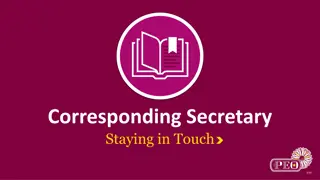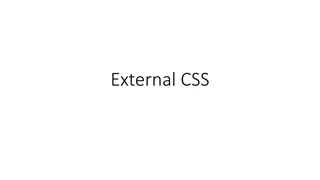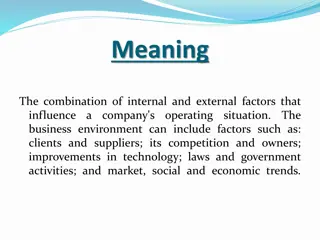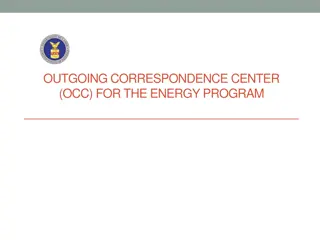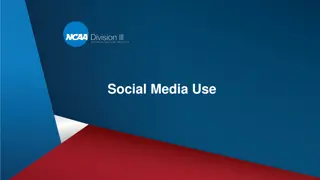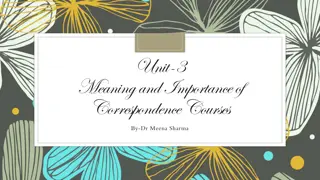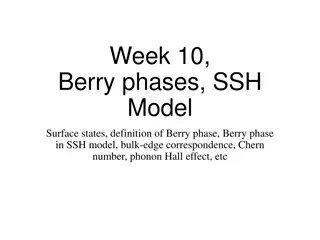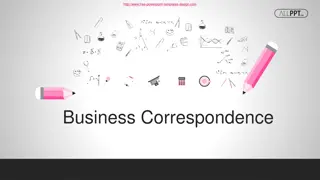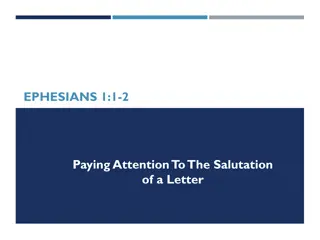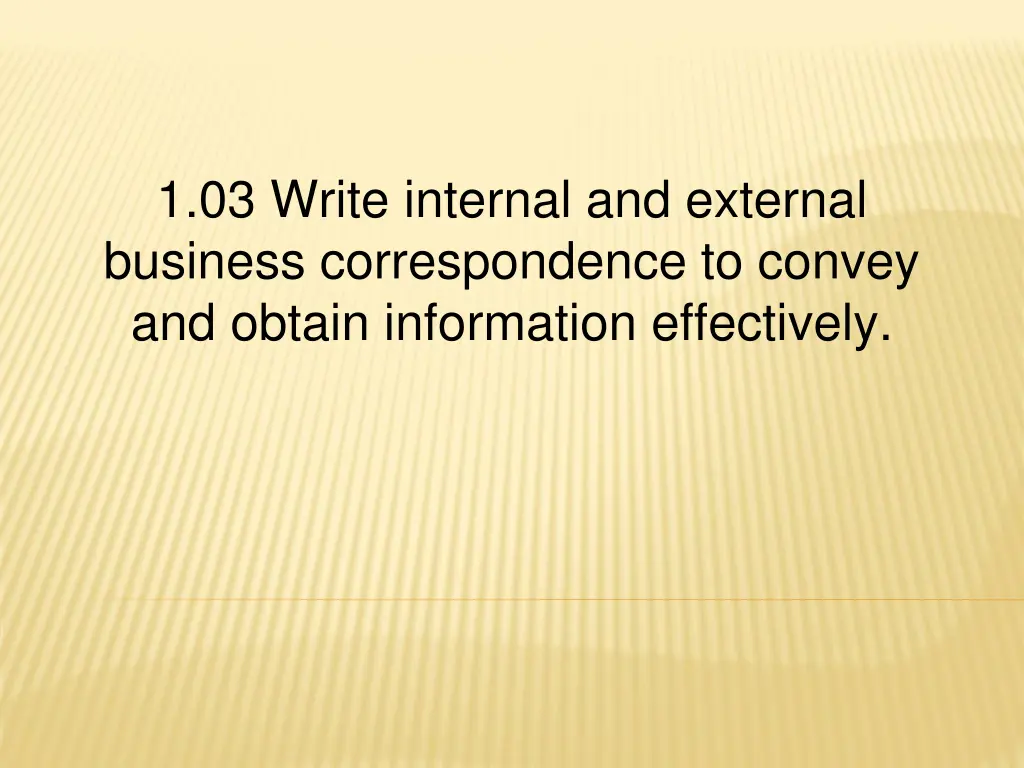
Effective Business Correspondence: Types, Purposes, and Components
Learn about different types of business letters, such as Business-to-Business and Business-to-Customer, their purposes, including informing, persuading, or apologizing, and key components like salutation, introduction, main message, and conclusion in this comprehensive guide.
Uploaded on | 2 Views
Download Presentation

Please find below an Image/Link to download the presentation.
The content on the website is provided AS IS for your information and personal use only. It may not be sold, licensed, or shared on other websites without obtaining consent from the author. If you encounter any issues during the download, it is possible that the publisher has removed the file from their server.
You are allowed to download the files provided on this website for personal or commercial use, subject to the condition that they are used lawfully. All files are the property of their respective owners.
The content on the website is provided AS IS for your information and personal use only. It may not be sold, licensed, or shared on other websites without obtaining consent from the author.
E N D
Presentation Transcript
1.03 Write internal and external business correspondence to convey and obtain information effectively.
BUSINESS LETTERS Identify types of business letters. Two categories: Business-To-Business and Business-To-Customer Business-to-business: The main purpose of a typical business letter is to formalize the details that were arrived at in those discussions, and to provide any additional information that was agreed upon. http://www.marketingsource.com/articles/view/3939
BUSINESS LETTERS Business-to-customer: Examples: sales and marketing letters, information letters, order acknowledgement letters, order status letters, collection letters http://www.marketingsource.com/articles/view/3939
COMMON BUSINESS TO CUSTOMER LETTERS 1. cover letter 2. customer relations letter 3. financial letter 4. credit letter 5. introduction letter 6. order-status letter 7. sales letter 8. marketing letter 9. announcement letter 10. apology letter http://www.marketingsource.com/articles/view/3939
PURPOSES OF BUSINESS LETTERS to inform, persuade or remind to try to sell a good or service to express thanks to recommend to apologize to congratulate to reject a proposal or offer to introduce a person or policy to invite or welcome to follow up to formalize decisions
BUSINESS LETTERS Describe the components of an effective business letter. Depends on the type of letter being written: usually has a salutation, introduction, main topics or message in the body and summary or conclusion. Includes facts and recommendations The message is the most important component
INFORMATIONAL MESSAGES Define the term informational messages. Communication that transfers specific information to a customer, vendor or other party Identify examples of informational messages used by businesses. New Product(s) Sale Change in business location and/or hours New ownership Information should be in order of importance Information should be in order of importance
INQUIRIES Define the term inquiries. Used to request an appointment or ask about a job opening Letter of Inquiry (LOI) The inquiry letter is useful when you need information, advice, names, or directions. http://w3.gel.ulaval.ca/~poussart/gel64324/McMurrey/texte/inquire.htm Identify occasions when inquiries are written by businesses. To vendors; asking about pricing, availability and delivery dates Potential customers; asking about what the company could do to make them customers Current customers; what and when do they want a product? To ask for more information concerning a product, service or other information about a product or service that interests us Letters of Inquiry should identify the purpose at the beginning Letters of Inquiry should identify the purpose at the beginning



